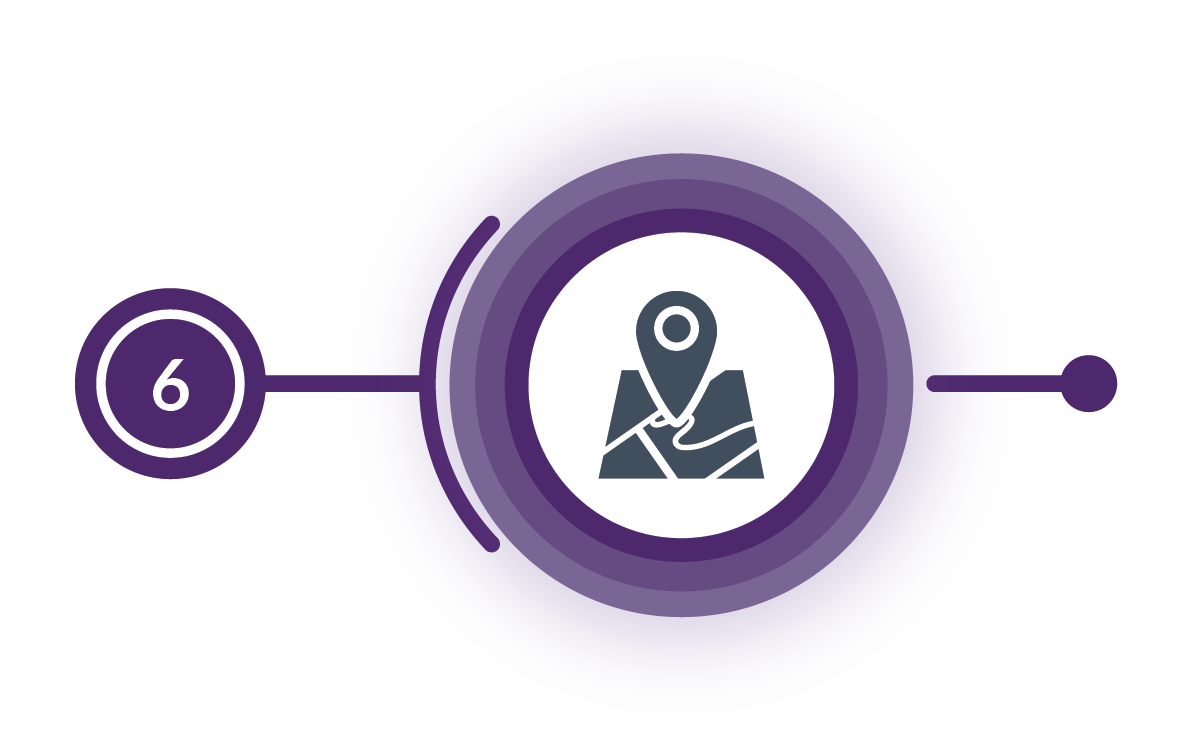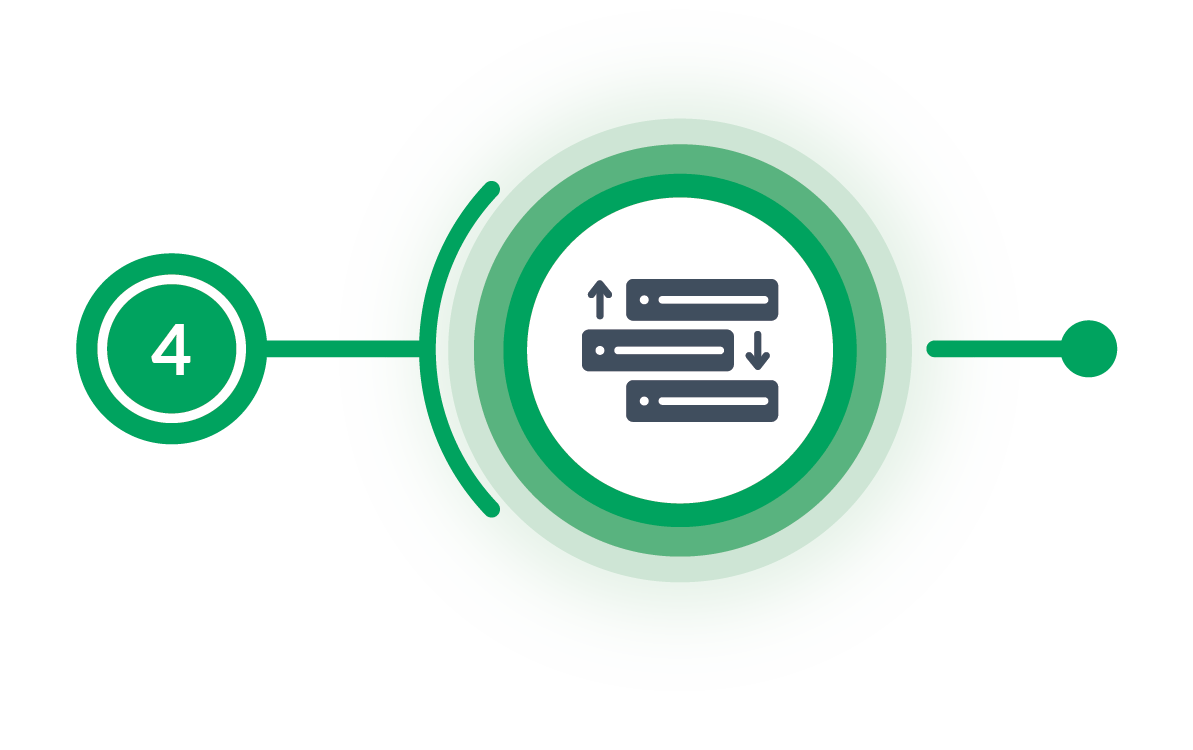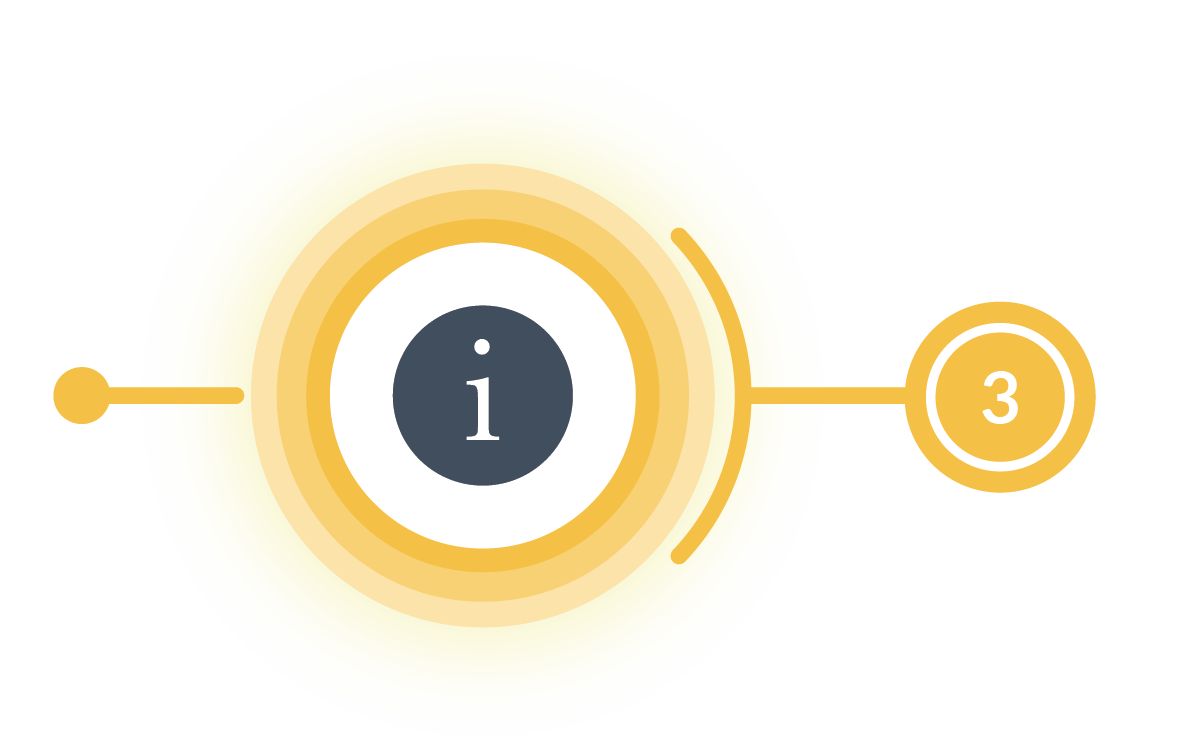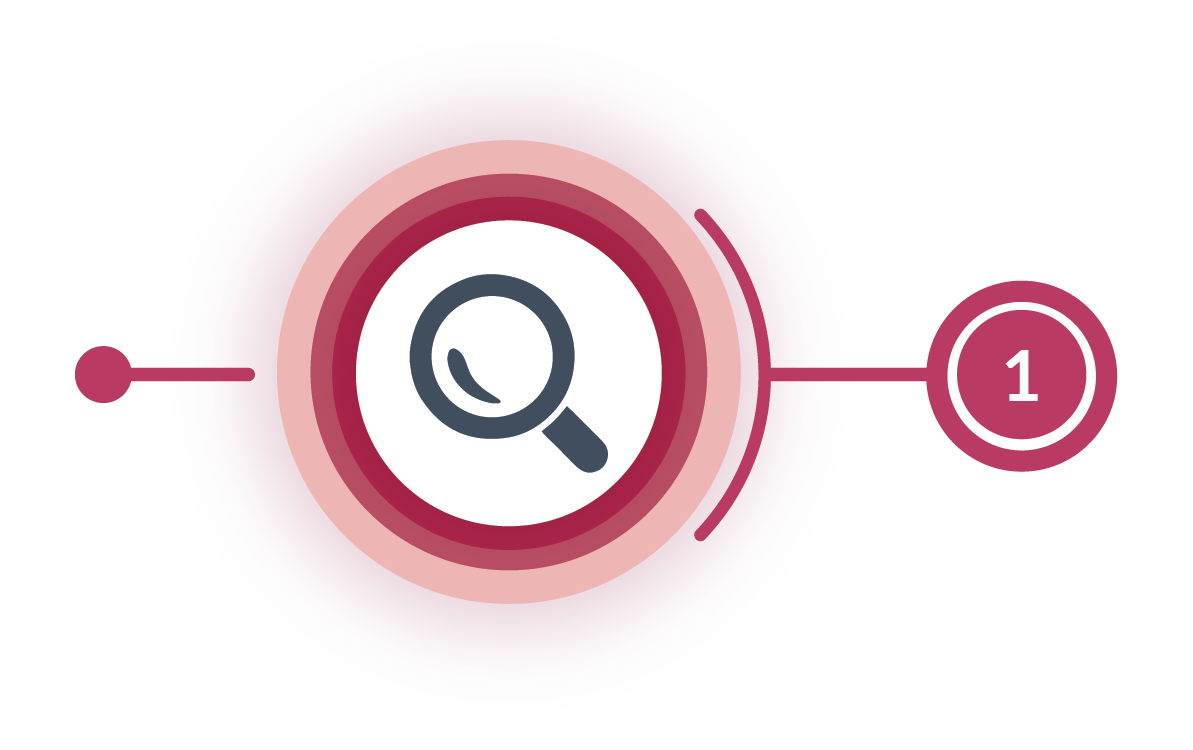ASSESSMENT?
MATERIALITY
WHAT IS A


Once identified, material issues are condensed into a short list of topics that inform company strategy, targets, and disclosures/reporting.
A materiality assessment is the process of identifying, refining, and assessing the potential environmental, social, and governance issues that affect a business and its stakeholders.
Through your materiality assessment, you will gain a clear, data-informed picture of what issues are important to business success as well as those about which your stakeholders are most passionate.
The data gathered through this process will directly relate to and ultimately drive the strategy for your operations, corporate responsibility marketing and communications, and ESG and Sustainability reporting,
The question truly isn’t how can a materiality assessment be useful, but how can you afford to continue defining strategies without this clear understanding of key issues and stakeholders’ expectations?
92% of the S&P 500 Companies report against key materiality assessment criteria
Organizations chosing to conduct a materiality assessment are in good company
organizations reporting
countries
Across
Over
Additionally, along common frameworks there are

Companies are increasingly adopting more sustainable business practices and environmental, social, and governance (ESG) disclosures alongside evolving legislation and regulation. To continue in these efforts without a clear understanding of material issues risks misallocating resources and mistargeting strategies.
A materiality assessment not only grounds your efforts in fact but provides legitimacy to your efforts. You work towards a clear goal and avoid appearing to just be going through the motions.


Produce materiality map, present outcomes and review with management
Phase 6:


Seek feedback
from various stakeholder groups
Phase 5:


Prioritize material topics based on strategic business importance
Phase 4:


Gather information about impact and the importance of topics
Phase 3:


Categorize material topics
Phase 2:


Identify potential topics
Phase 1:
What is the Materiality Assessment Process?

- Identification of topics
- Categorization/framework mapping
- Business impact/importance
- Stakeholder sentiment
FAQs
What's Next?
Reach out today. Start your process of gaining clear data about what’s important to your business and your primary stakeholders.